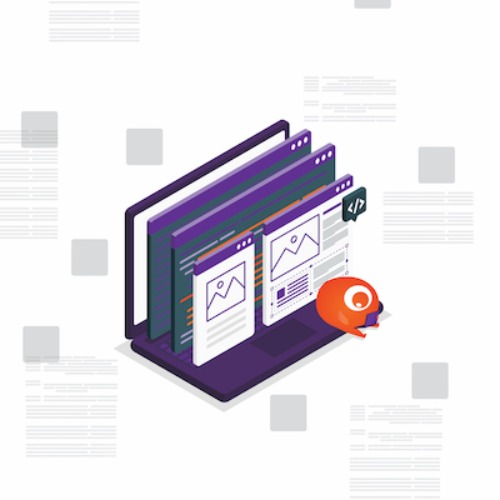
Fueling Customer Loyalty Through Site Design
September 1, 2017 by Paul Byrne
In today’s digital world where customer loyalty is scarce or non-existent, there are strategies available to ensure repeat site visitors and customers. The more loyal customers a site has, the more conversions it will incur. Here are a few ways to gain customer loyalty through user experience:
1. Navigation
With the search tool feature on the website, users are able to find exactly what they are looking for on the site. Well, that’s how it should be anyway. Many e-commerce sites do not offer a customized, efficient search bar. This creates headaches for the user and causes site abandonment. Limited search terms, poor displacement and weak auto-suggestion can be to blame for users leaving the site. When a user abandons a website, that customer loyalty is lost. The best way to execute a high-performing search bar, is by displaying the empty text box instead of hiding it under the magnifying icon.
2. Familiarity
Gaining customer loyalty through familiar elements on a website can aid in customer retention. When the user can relate to the site design, they are more likely to become a repeat visitor. Knowing how the site is set-up can create familiarity with the brand. Keeping site navigation and categories consistent is crucial in maintaining customers. Changing the site’s design can disrupt the user experience and decrease customer loyalty.
3. Media
Visual components on the site are critical for a website’s success. Customers need high-resolution images and product descriptions to help push them from browsing to a converted customer. Product images attract more customers to purchase, and will increase the likelihood of loyalty. This should be standard, but some e-commerce sites still feature blurry, unprofessional photography which causes their site visitors to leave, never to return again. Yes, this detail matters, and online retailers are missing out on consumers if they aren’t featuring quality graphics on the website.
4. Tracking Data
It is uncommon for most websites in 2017 to not have some kind of data tracker/analyzer on the backend of the site. Tracking data is standard for e-commerce sites, but not all data tools are made the same. One of the key differences that separates the top e-commerce players from the clueless, is having usable data that tells a story. When a website is able to follow the customer journey, they can intercept where they need to, thus increasing their conversions. Tracking data alone is nothing special, nor will it trigger boosting online sales. The main objective is to acquire enough valuable data, so that customers are targeted more efficiently.
Explore with AI:
These links open AI platforms with pre-written prompts about this page.




